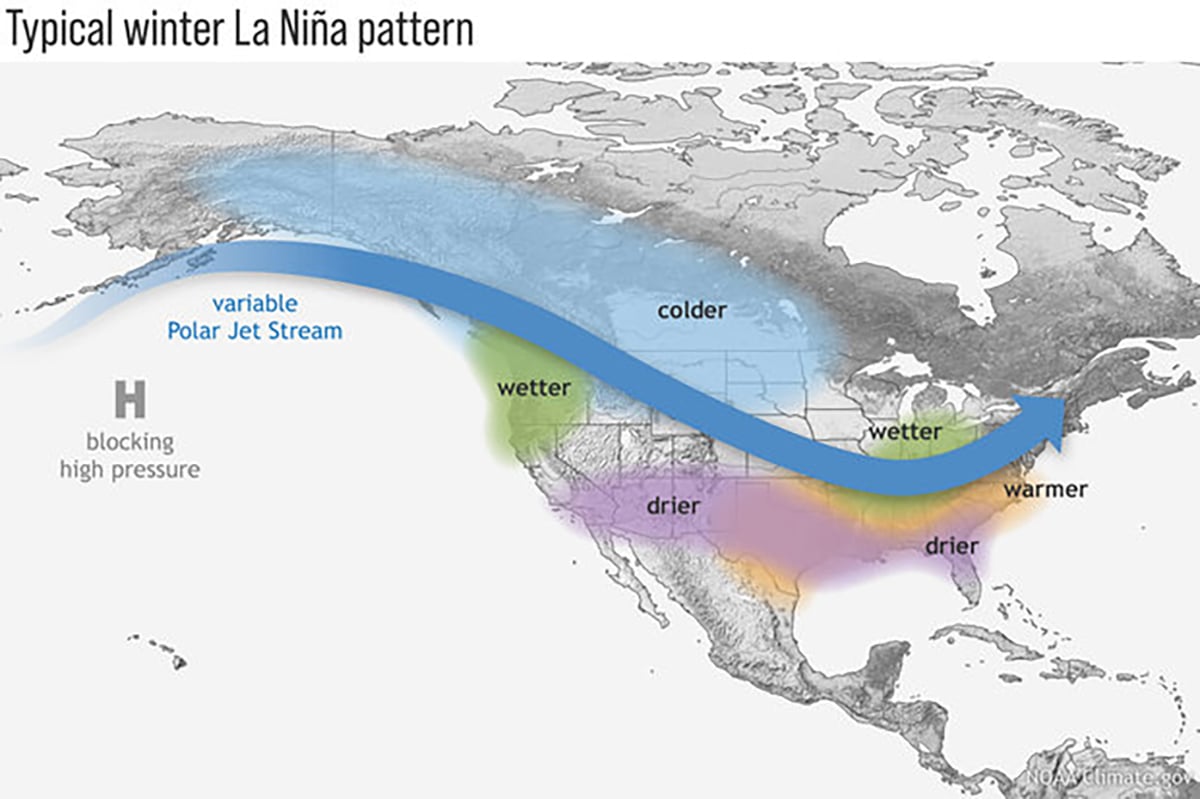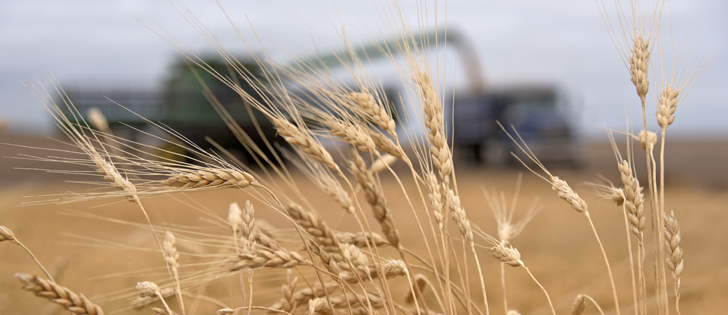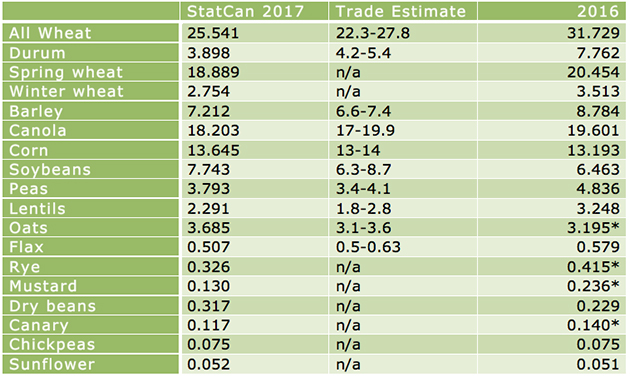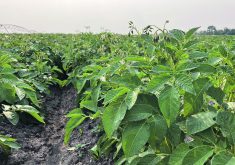WINNIPEG, Aug. 31 (CNS) – The 2016 canola crop has been revised higher by Statistics Canada in its first production estimates for 2017 released august 31. StatsCan raised the 2016-17 production number to 19.6 million tonnes from 18.4 million previously.
It pegged the 2017 crop at 18.2 million tonnes, which was in the middle of trade estimates.
“I think there’s a sentiment that that number will grow with subsequent reports over time,” said Mike Jubinville of ProFarmer Canada in Winnipeg. “Just as it did with the 2016 crop.”
Canola futures dipped slightly initially following the report but then turned positive, with support from rising soybeans.
Read Also

Weather factors to watch this winter
There are currently three main factors that could be a driving force behind the type of weather we may see this winter. The first is La Nina, which is currently in a weak stage.
Some analysts believe the modest market reaction means the market found the 2017 estimates supportive.
“Some areas improved, so I think the market is taking it as a supportive number, feeling ending stocks will tighten going forward,” said Keith Ferley of RBC Dominion Securities in Winnipeg.
For Jubinville, he views the report as mostly neutral for canola.
“I don’t really see this as any type of game changer number. Anything below 19 million tonnes suggests declining carryout expectations. Supplies will have to be rationed until that production number gets adjusted higher,” he said.
Perhaps the most drastic change on the report was for durum.
Pre-report ideas pegged the 2017 crop at 4.5 million to 5.3 million tonnes, but Statistics Canada estimated the crop to be 3.9 million. That compares with last year’s crop which was 7.8 million.
“This report shows that crops in southern Alberta and southern Saskatchewan really took a hit on yields,” said Jerry Klassen, manager of Canadian operations with Swiss-based GAP SA Grains and Products in Winnipeg, adding the report was definitely bullish for durum.
Statistics Canada pegged all-wheat at 25.5 million tonnes, compared to trade estimates of 22.8 million to 27.8 million. Last year the crop came in at 31.7 million tonnes.
Ferley thought that estimate was a bit surprising.
“The spring wheat number was a negative surprise with Minneapolis (Grain Exchange) down double digits,” he said.
For lentils, the number was 2.3 million compared to last year’s crop of 3.2 million. Klassen said that number was lower than what he expected.
















